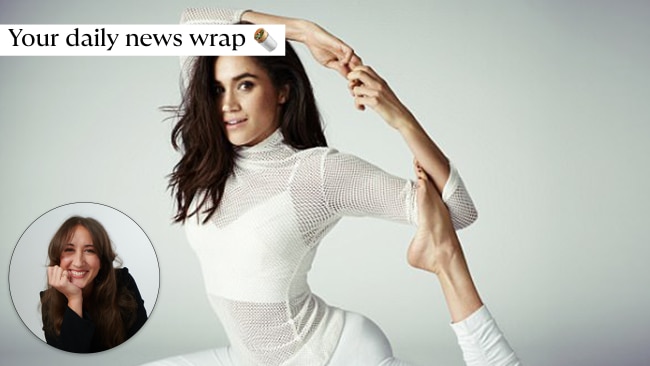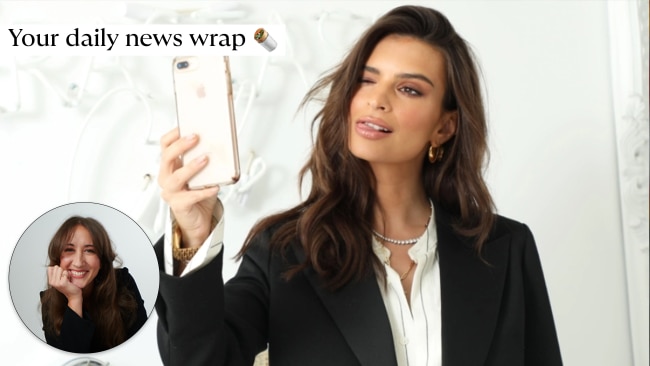We're about to blow up the influencer industry
Love them or hate them, a world-first list revealing Australia's biggest social media content creators is coming to The Oz.
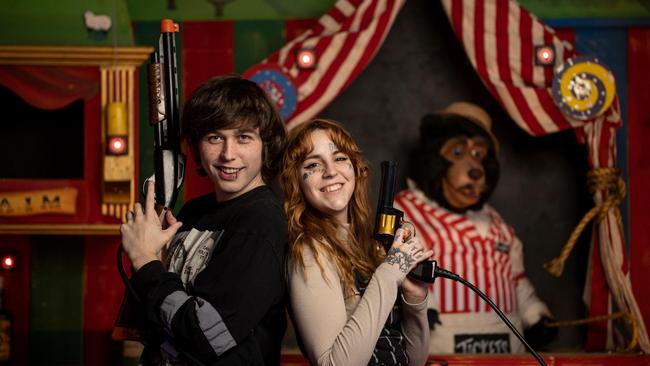
Love them or hate them, a world-first list revealing Australia's biggest social media content creators is coming to The Oz.
Power, reach, profit. That’s what drives Australia’s top tier of influencers.
They are trusted more than the country’s leaders. They are more relatable than billion-dollar brands. They cut through because they are experts in their craft.
Cue, The Influence Index: a world-first list that identifies the 100 most influential Australian creators, to be published by The Oz on Thursday.
No one has ever properly quantified the significant, industry-changing power these media moguls have acquired. Until now.
The 10 most influential are backed by more than 140m followers. That’s the total population of Russia, or more than five times the number of Australians.
On TikTok they have banked more than four billion likes. They have collected more than 15 million YouTube subscribers. Instagram videos they share rarely get fewer than 200,000 views.
They post twice, if not three times a day, helping to fuel the $14bn global industry. And that’s just the top 10.
But these influencers dominate not only because they are followed by hundreds of millions of people.
Kids want to be them. Companies beg to work with them.
Influencing is not about photographing avocado toast any more, or posting a saturated bikini photo for maximum engagement.
It’s about finding a niche (be it gaming, beauty or even a talking pet bird), and using that niche to power hours and hours of entertainment that captures mammoth audiences who constantly thirst for more. And then it’s about finding brands to be partners – brands that are desperate to pay for their product to be featured in that content.
Or leveraging an audience into your own entrepreneurial endeavour.
Take Melbourne influencer Caleb Finn, who has 15.6 million TikTok followers, 816,000 Instagram followers and 219,000 YouTube subscribers. Finn, who quit his job as a teacher and started doing TikTok full time in 2018, said his job was “the best in the entire world”.
“I just get to be creative and be inspiring for others for a living,” Finn told The Oz.
“But it’s a big mental thing to think about. There’s so much you have to show off on camera to the world, and you lose a lot of aspects like your privacy.”
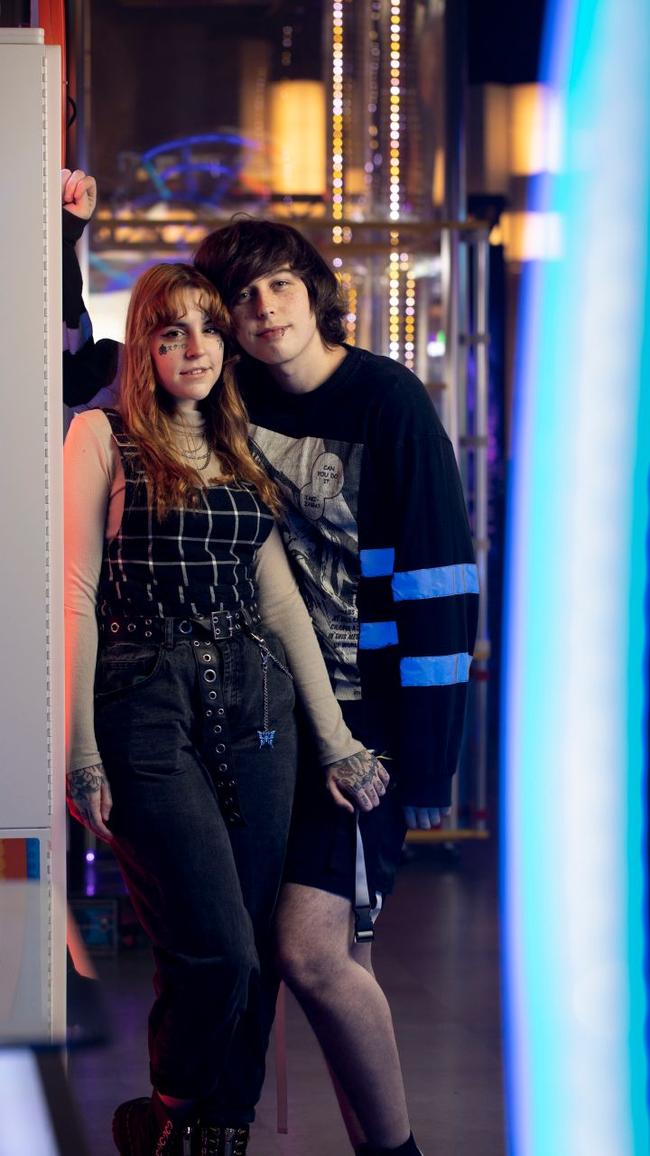
Finn creates comedy, horror and parenting content alongside his partner Lil Soup (her name remains a secret, for the privacy of their child). He said influencing didn’t always come easy to him, and warned anyone trying to succeed in the industry that there was hard work involved, despite the public perception of the job.
“I had a YouTube channel for two years, and only got 100 followers during that time,” he said. “Try your best if you want to be a content creator, but you have to know it’s a lot of hard work and (there’s) a lot of patience involved.”
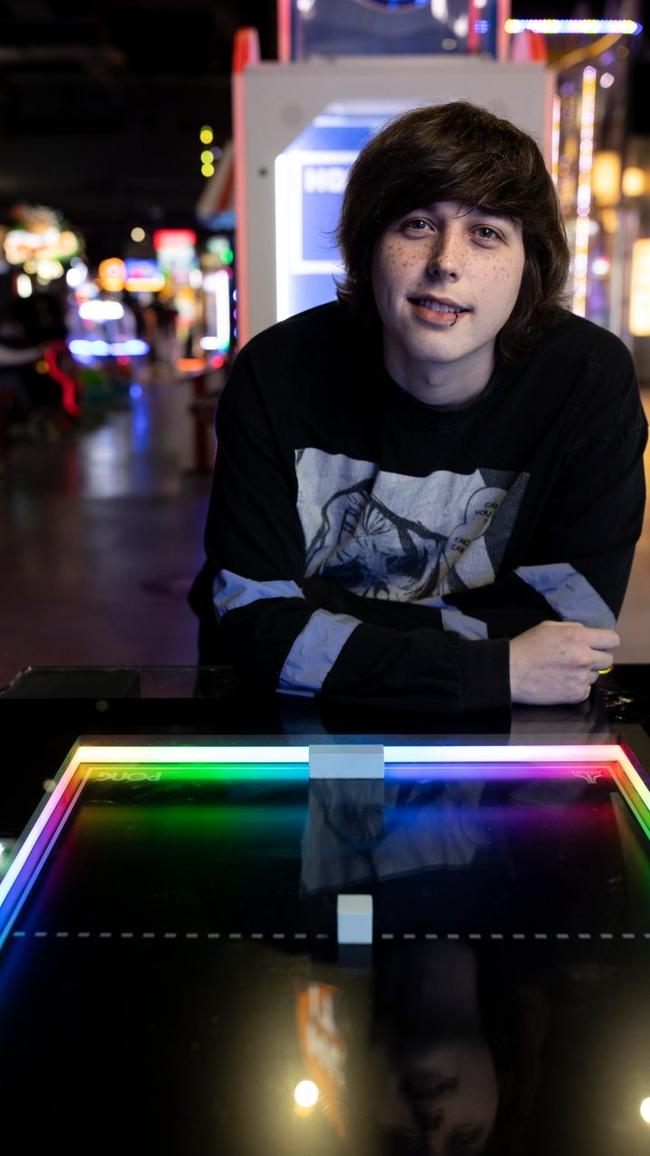
The Influence Index is objective, rigorous and has taken into account multiple factors to determine who comes out on top. It’s not a list of who has the most followers. Followers can be bought or acquired fraudulently, and are useless unless they engage with content.
The people on our list are funny, original, creative and thoughtful. They don’t just reflect trends; they start them. They don’t simply offer their followers a product; they create one.
Some surprise us; others seem to be reading our minds. They all reach out to their audience and their audience responds. With trust and honesty and positivity. That’s true influence.
That’s what this list measures. And why it’s worth knowing who is leading the way.
The Oz commissioned the world’s foremost behavioural sciences think tank, The Behavioural Architects, to identify the six key drivers of influence: trustworthiness, attraction, relatability, expertise, content prominence and content frequency.
Global social media intelligence agency Storyful then measured Australia’s influencers against these drivers to determine their ranking on the list.
“We found attributes that determine how truly influential an influencer is,” said The Behavioural Architects analyst Mike Daniels.
“We looked through all the literature that had been done on influencing, and looked for common themes. Then we augmented that through a review of behavioural science principles, to determine what makes someone influential to an audience.”
This list is also the first that lifts the lid on the largely unregulated industry. The results? Influencing has ushered in a highly lucrative era of advertising.
Influencers can get paid anywhere between $200 for posting a picture or video to $1m. One Australian influencer earned more than $10,000 from a jewellery brand for just three Instagram posts and three short TikTok videos.
Some 89 per cent of chief marketing officers say the return on investments from influencer marketing spend is comparable to or better than other, more traditional marketing channels, such as billboards or free-to-air advertising, according to 2022 research from influencer marketing agency Mediakix.
University of Sydney digital marketing associate lecturer Vicki Andonopoulos said this was because digital advertising provided highly measurable returns on marketing spending, with clicks and usage all being carefully and easily tracked online.
Traditional marketing is typically slower when it comes to seeing results, in addition to being harder for tracking success.
“When we used to watch TV commercials or listen to the radio, advertisers just threw stuff at us, and we weren’t paying attention,” Dr Andonopoulos said.
“Influencing is the first time in the history of marketing where we see the follower say ‘I’m clicking follow. I want to hear what you say, and I want you to sell stuff to me’.”


